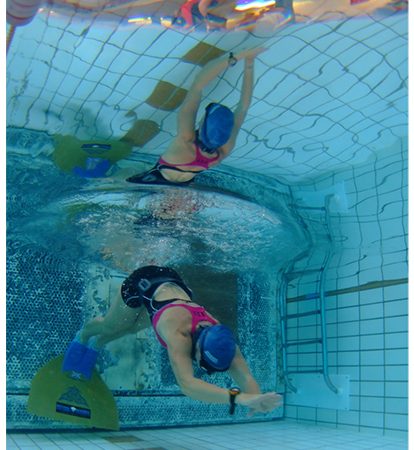The Nature of Light
Introduction

Our investigation of light revolves around two questions of fundamental importance: (1) What is the nature of light, and (2) how does light behave under various circumstances? Answers to these questions can be found in Maxwell’s equations (in Electromagnetic Waves), which predict the existence of electromagnetic waves and their behavior. Examples of light include radio and infrared waves, visible light, ultraviolet radiation, and X-rays. Interestingly, not all light phenomena can be explained by Maxwell’s theory. Experiments performed early in the twentieth century showed that light has corpuscular, or particle-like, properties. The idea that light can display both wave and particle characteristics is called wave-particle duality, which is examined in Photons and Matter Waves.
In this chapter, we study the basic properties of light. In the next few chapters, we investigate the behavior of light when it interacts with optical devices such as mirrors, lenses, and apertures.

